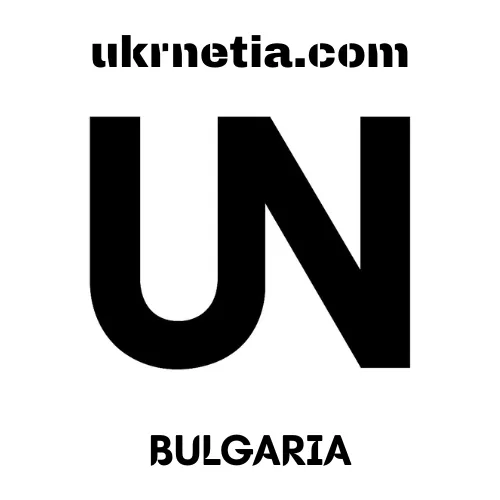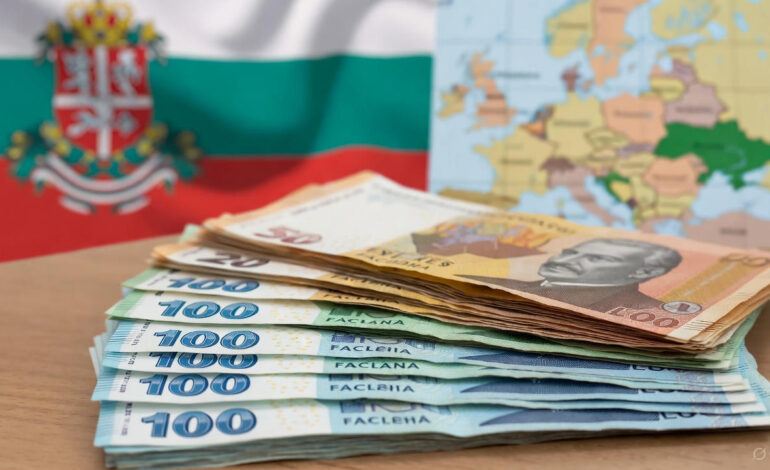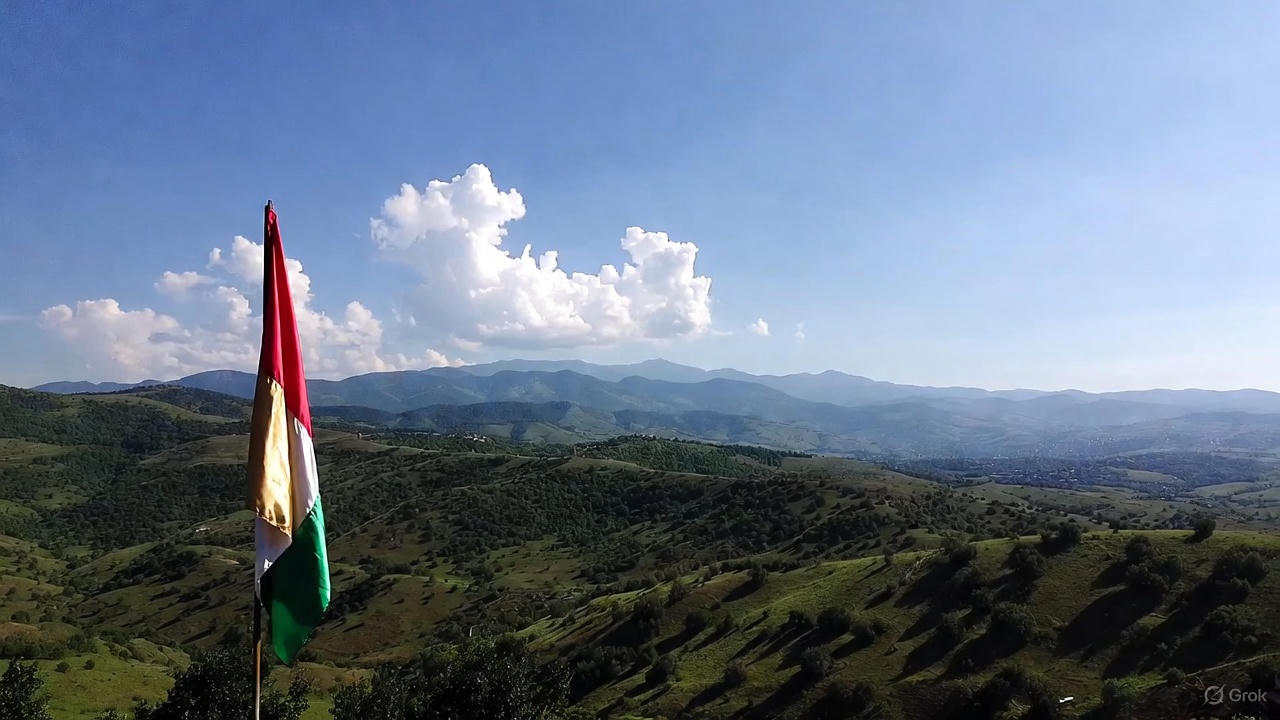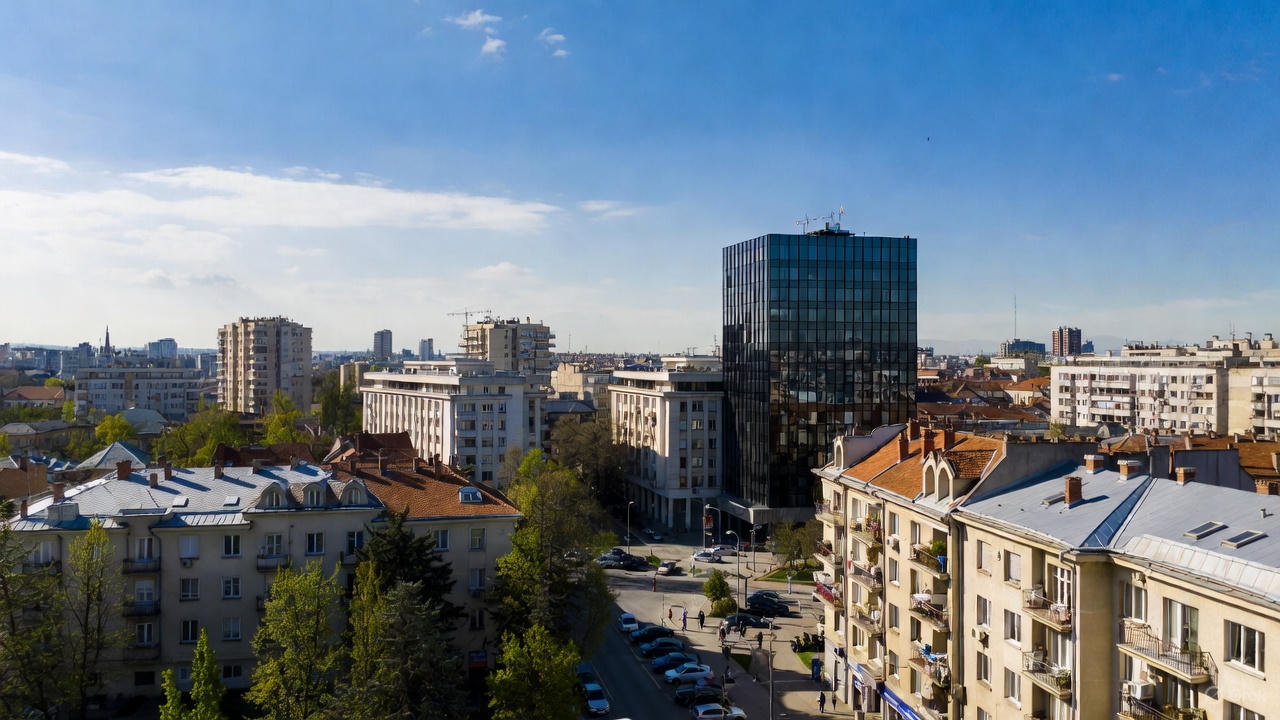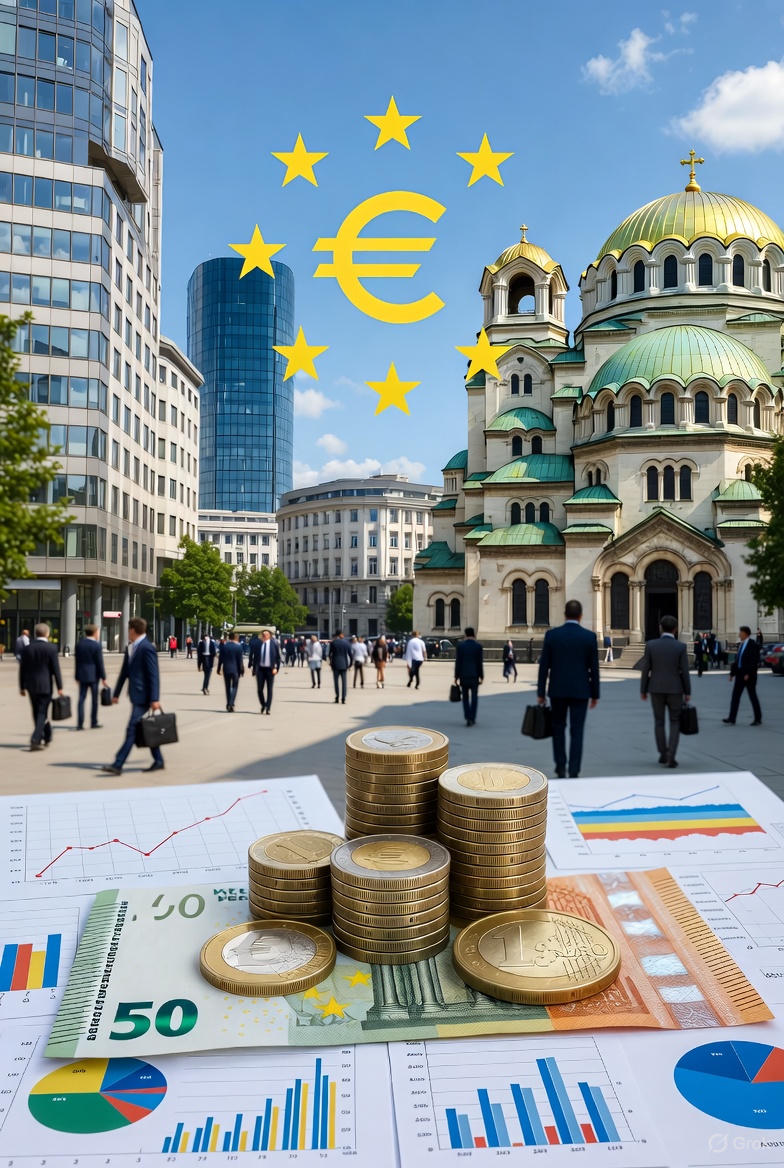Green Growth in the Balkans: Bulgaria’s Push Toward Renewable Energy and Sustainability

In the shadow of the Maritsa coal complex—once the dirtiest power hub in Europe—Bulgaria is staging one of the continent’s most ambitious green pivots. In 2007, coal generated 48 % of electricity; by 2024, the share fell to 28 %, with wind and solar surging to 18 %. The European Green Deal’s €1.2 billion Just Transition Fund, national decarbonization plans, and a €6.3 billion slice of the EU Recovery and Resilience Facility are fueling a €15 billion investment pipeline through 2030. This is not virtue-signaling. With lignite reserves dwindling, Russian gas cut off, and carbon border taxes looming, green growth is Bulgaria’s economic survival strategy. This article maps the renewable rollout, industrial repurposing, policy architecture, and regional ripple effects that position Sofia as the Balkans’ green bridgehead.
1. The Energy Mix in Transition
1.1 2024 Snapshot
| Source | Capacity (GW) | Share (%) | 2023 Output (TWh) |
|---|---|---|---|
| Coal | 4.2 | 28 | 18.5 |
| Nuclear (Kozloduy) | 2.0 | 33 | 21.8 |
| Hydro | 3.1 | 21 | 13.9 |
| Wind | 1.8 | 12 | 7.9 |
| Solar | 2.6 | 16 | 10.5 |
| Biomass/Other | 0.3 | 2 | 1.4 |
Total installed capacity: 13.8 GW. Peak demand: 7.2 GW. Export surplus: 4.1 TWh (2023).
1.2 The 2030 Roadmap
- Coal phase-out: Maritsa East 2 (last state-owned unit) closes 2030; private mines follow by 2035.
- Renewables target: 30.3 % of final energy consumption (EU mandate); national plan aims 35 %.
- Storage: 1.5 GW battery + 800 MW pumped hydro by 2028.
2. Solar Surge: From Thracian Plains to Rooftop Revolution
Bulgaria’s south receives 2,200 sunshine hours annually—more than Madrid. Solar capacity grew 25-fold since 2015.
2.1 Utility-Scale Boom
- Kozani-Kardzhali Cluster: 1.2 GW operational; another 1.8 GW permitted. Greek developer Mytilineos broke ground on a 560 MW park in 2024—the Balkans’ largest.
- Corporate PPAs: IKEA (100 MW, 2023), Amazon (150 MW wind, 2024), Lidl (80 MW solar, 2025). Levelized cost: €38/MWh—below new gas (€65) and coal (€90).
2.2 Prosumers and Net Billing
Households installed 650 MW rooftop PV (2020–2024). The 2023 net-billing scheme pays €0.09/kWh for surplus—triple the 2019 rate. Sofia’s municipal program subsidizes 30 % of installation (€1,200 average); 12,000 homes joined in 2024.
3. Wind: Black Sea Breezes and Mountain Ridges
Dobrich and Kavarna host 1.1 GW onshore; Vestas and Siemens Gamesa dominate. Offshore planning began:
- Black Sea Zone: 3 GW potential identified 20–40 km offshore. EIA for 500 MW pilot starts 2025; full build-out 2035.
- Repowering: 300 MW of 1990s turbines upgraded to 4.5 MW models, adding 40 % output without new land.
4. Just Transition: Turning Coal Towns Green
The Stara Zagora coal basin—home to 12,000 miners—receives €1.2 billion JTF (2021–2027).
4.1 Industrial Recycling
- Battery Valley: Belgium’s Amoq builds a €300 million, 5 GWh gigafactory on Maritsa East 3 ash fields (2027).
- Solar Component Hub: Chinese JinkoSolar assembles 1 GW panels annually in Devnya (2024 start).
- Green Hydrogen: €420 million pilot electrolyzer (100 MW) in Galabovo, using excess renewable curtailment.
4.2 Workforce Pivot
- Retraining: 8,500 miners enrolled in EU-funded programs (welding → wind-turbine tech; diesel mechanics → EV repair). Completion rate: 82 %.
- Job Creation: Every GW of renewables creates 3,200 job-years (construction + O&M); 2030 pipeline = 48,000 jobs.
5. Policy Architecture: Carrots, Sticks, and Contracts
5.1 Auctions and CfDs
- 2021–2024: 1.8 GW awarded at €52/MWh average (solar €44, wind €61).
- 2025–2030: Annual 800 MW tenders; two-sided CfDs cap upside/downside at ±15 %.
5.2 Carbon Pricing
EU ETS revenues: €1.1 billion (2023). 70 % recycled into green funds; 30 % to low-income energy vouchers.
5.3 Grid Upgrades
€1.4 billion (Modernisation Fund) for:
- 400 kV ring around Sofia (2026).
- 2,000 MW smart inverters to handle 35 % intermittent penetration.
- Digital substations in Burgas and Varna (pilot 2025).
6. Financing the Green Wave
| Source | Amount (€bn) | Period |
|---|---|---|
| EU Recovery & Resilience | 3.8 | 2021–2026 |
| Just Transition Fund | 1.2 | 2021–2027 |
| National Decarbonisation | 2.5 | 2023–2030 |
| Private (PPAs, equity) | 7.5 | 2023–2030 |
Leverage ratio: €1 public → €3 private.
7. Sustainability Beyond Electrons
7.1 Circular Economy
- Rose Valley Biochar: Distillation waste turned into soil enhancer; 15,000 tonnes CO₂ sequestered annually.
- Textile Recycling: H&M and Zara pilot plants in Plovdiv; 40 % of collected clothes reused locally.
7.2 Eco-Tourism
Rila and Pirin National Parks certified carbon-neutral (2024). Electric shuttle network cut diesel buses 80 %.
7.3 Green Cities
Sofia’s €180 million urban plan:
- 120 km bike lanes (2020–2024).
- 100 % LED streetlights.
- District heating biomass switch (40 % of supply).
8. Regional Leadership: Balkans Green Corridor
Bulgaria bridges EU and non-EU Balkans:
- Interconnectors: Greece (400 kV, 2022), Romania (2025), North Macedonia (2027).
- Hydrogen Backbone: MoU with Greece and Romania for 1 GW export pipeline by 2035.
- Western Balkans Green Agenda: Sofia hosts secretariat; €220 million technical assistance pool.
9. Risks and Safeguards
| Risk | Probability | Mitigation |
|---|---|---|
| Grid Congestion | High | €800 million TSO capex; demand-response pilots |
| Social Resistance | Medium | €150 million annual compensation to coal communities |
| Permitting Delays | High | One-stop shop (2024 law); 6-month EIA cap |
| Financing Gaps | Low | EIB green bonds; €2 billion guarantee facility |
10. 2030 Vision: A €10 Billion Green Economy
| Metric | 2023 | 2030 Target |
|---|---|---|
| Renewables Capacity (GW) | 4.7 | 10.5 |
| Green Jobs | 48,000 | 120,000 |
| CO₂ Emissions (Mt) | 42 | 28 |
| Energy Intensity (kWh/€) | 0.42 | 0.29 |
The €10 billion green sector (5 % of projected GDP) includes:
- €4.2 billion equipment manufacturing.
- €3. 1 billion installation/services.
- €2.7 billion exports (batteries, hydrogen).
Green Growth as Economic Modernization
Bulgaria’s renewable push is not Brussels-dictated penance; it is industrial policy in solar panels. Coal towns become battery valleys, shepherds install rooftop PV, and Black Sea ports ship green hydrogen to Rotterdam. The €15 billion investment pipeline—70 % private—will raise potential GDP growth by 0.6 pp annually (European Commission estimate), create net 70,000 jobs, and cut import dependence from 38 % to 22 %.
By 2030, a Thracian farmer may power his irrigation pump with solar, sell excess to a German factory via corporate PPA, and watch his son assemble EV batteries on a former coal ash field. The Balkans’ green corridor starts in Sofia—proof that sustainability, in the right geography, is not a cost but a competitive edge.
